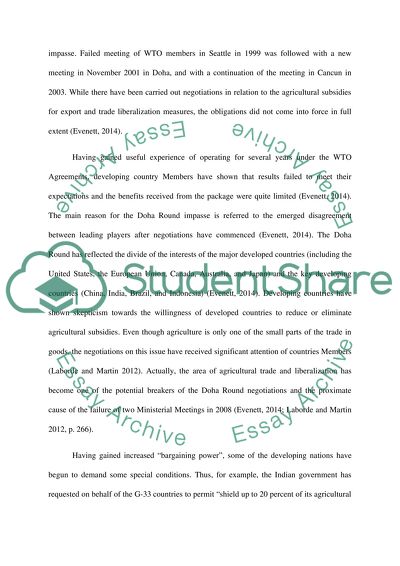Cite this document
(“Analyse the potential benefits of the Doha trade round to the global Essay”, n.d.)
Analyse the potential benefits of the Doha trade round to the global Essay. Retrieved from https://studentshare.org/macro-microeconomics/1659529-analyse-the-potential-benefits-of-the-doha-trade-round-to-the-global-economy-what-caused-the-current-impasse-and-what-are-the-dangers-now-that-multilateral-trade-agreements-have-stalled
Analyse the potential benefits of the Doha trade round to the global Essay. Retrieved from https://studentshare.org/macro-microeconomics/1659529-analyse-the-potential-benefits-of-the-doha-trade-round-to-the-global-economy-what-caused-the-current-impasse-and-what-are-the-dangers-now-that-multilateral-trade-agreements-have-stalled
(Analyse the Potential Benefits of the Doha Trade Round to the Global Essay)
Analyse the Potential Benefits of the Doha Trade Round to the Global Essay. https://studentshare.org/macro-microeconomics/1659529-analyse-the-potential-benefits-of-the-doha-trade-round-to-the-global-economy-what-caused-the-current-impasse-and-what-are-the-dangers-now-that-multilateral-trade-agreements-have-stalled.
Analyse the Potential Benefits of the Doha Trade Round to the Global Essay. https://studentshare.org/macro-microeconomics/1659529-analyse-the-potential-benefits-of-the-doha-trade-round-to-the-global-economy-what-caused-the-current-impasse-and-what-are-the-dangers-now-that-multilateral-trade-agreements-have-stalled.
“Analyse the Potential Benefits of the Doha Trade Round to the Global Essay”, n.d. https://studentshare.org/macro-microeconomics/1659529-analyse-the-potential-benefits-of-the-doha-trade-round-to-the-global-economy-what-caused-the-current-impasse-and-what-are-the-dangers-now-that-multilateral-trade-agreements-have-stalled.


